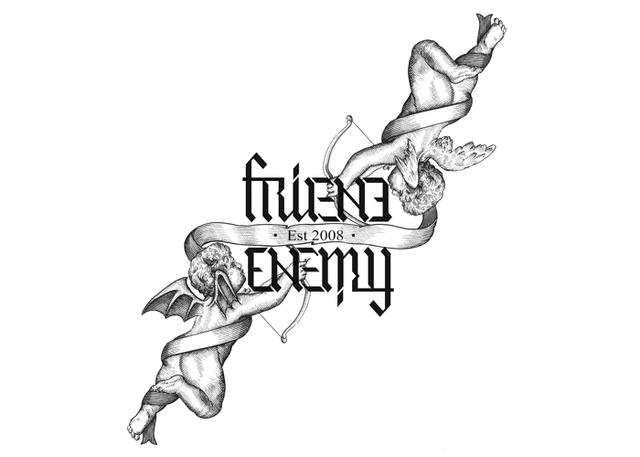FWP:
SETS == EXCLAMATION
FRIEND/ENEMY: {4,3}
Faruqi's commentary makes the important points. I especially endorse his citing of {4,3} as a provocative example of how the friend/enemy dichotomy can be played with. The speaker may after all be a 'friend' of one or more of his Rivals (since they may originally have been friends or confidants of his, as in {43,1}). And the beloved is certainly his 'friend' in some (aspirational) sense. Then to complete the triangle, the beloved and the Rival may be 'friends' in some sense as well (at least in the speaker's nightmares).
So the verse goes out of its way, through both wordplay and meaning-play, to create a kind of Escher-like perpetual motion machine: who is friends with whom, and who is jealous of whom, and why exactly? As so often, we're left to decide for ourselves.
For more on the complexities of rashk , see {53,4}.
For another such multivalent use of kyā kam
hai , see {14,4}.

Nazm:
That is, although it's difficult for the enemy to be my companion [ham-sar], or the beloved's intimate companion [ham-dam], is the envy/jealousy any the less for me? Since he too longs for the friend. (128)
== Nazm page 128